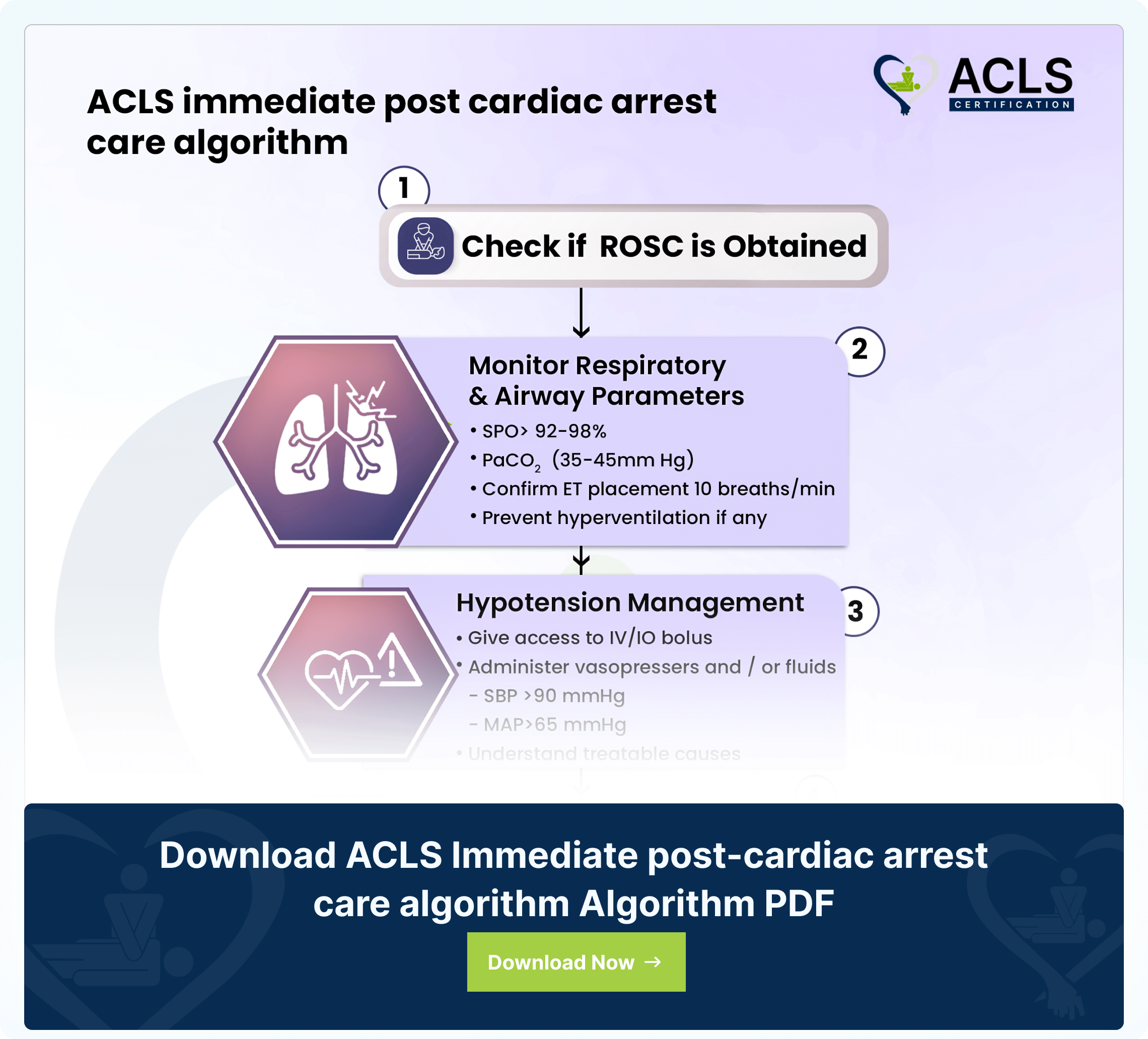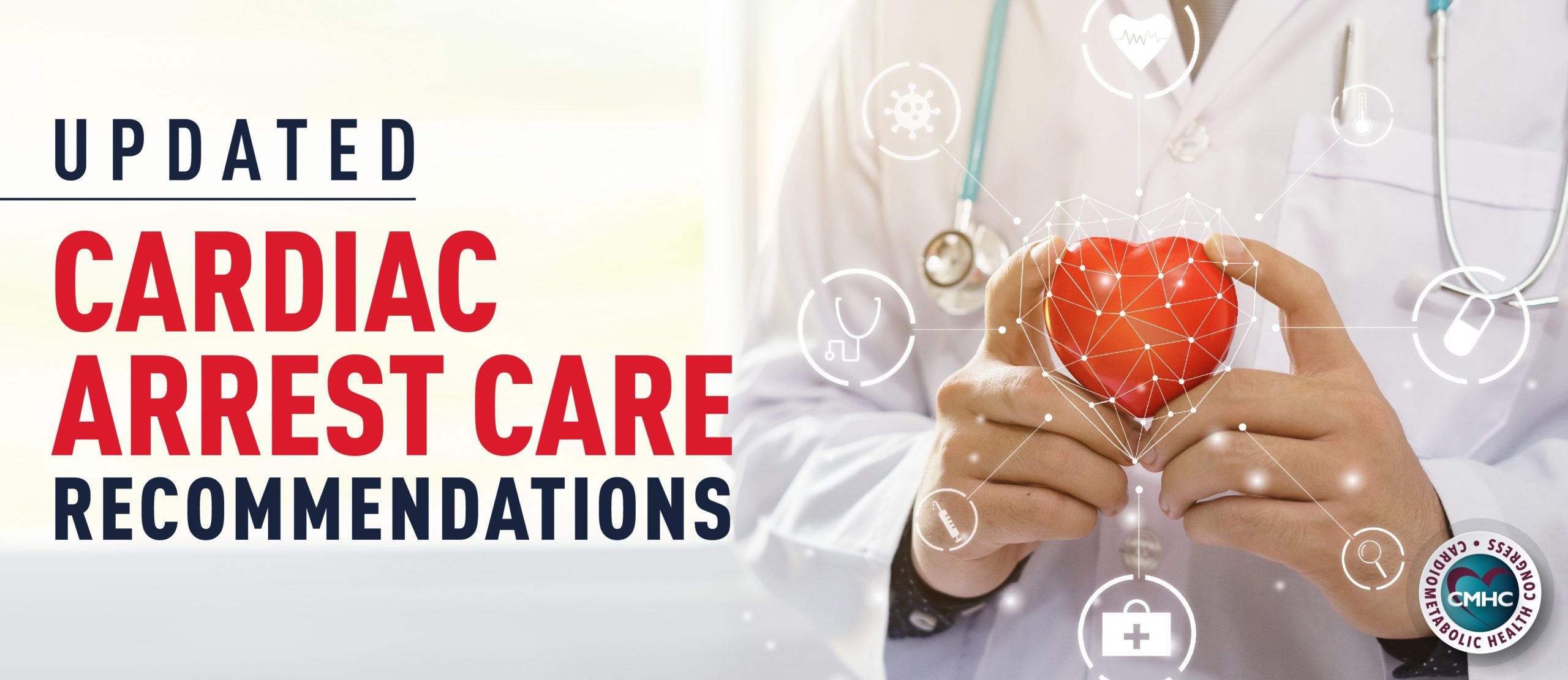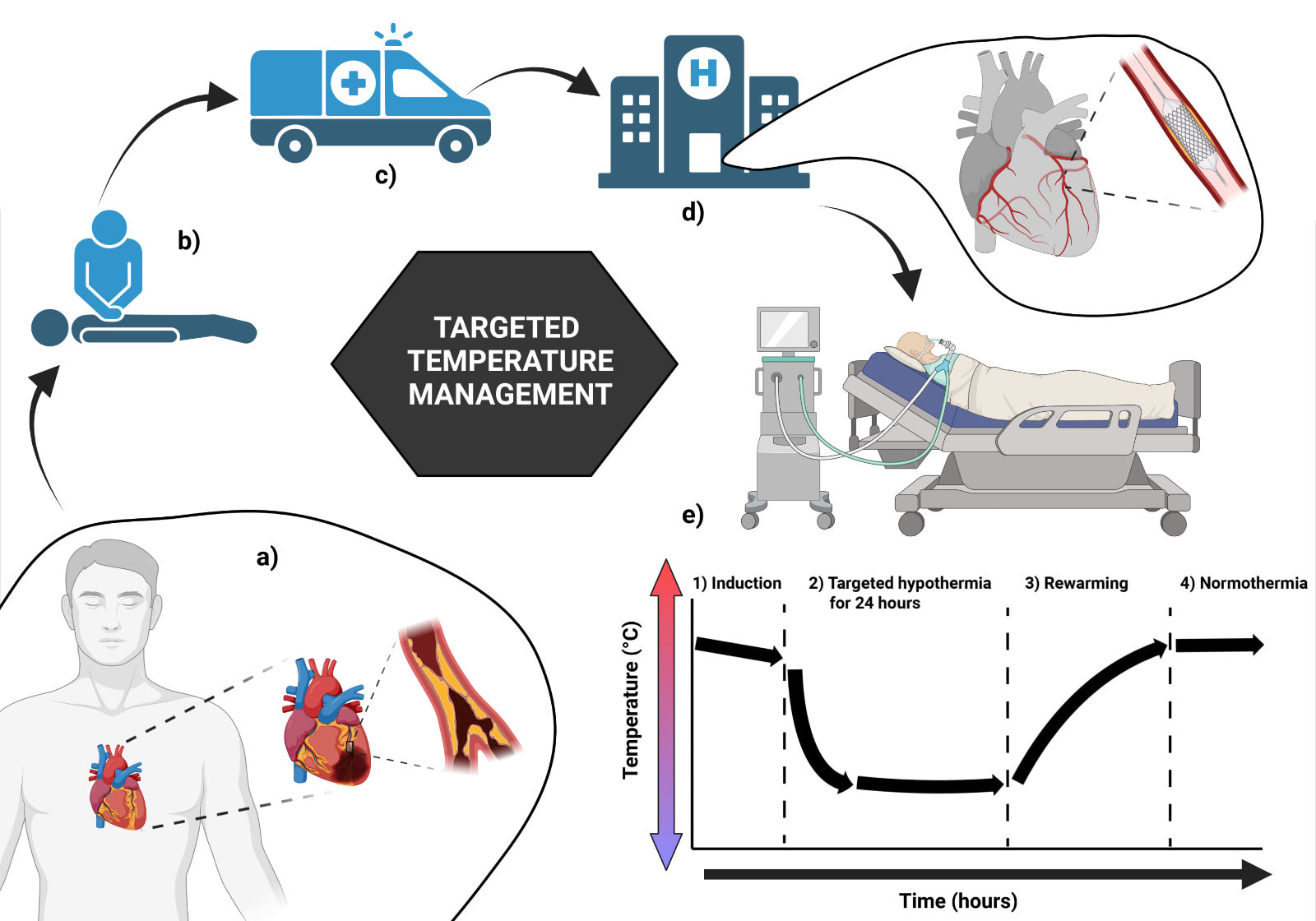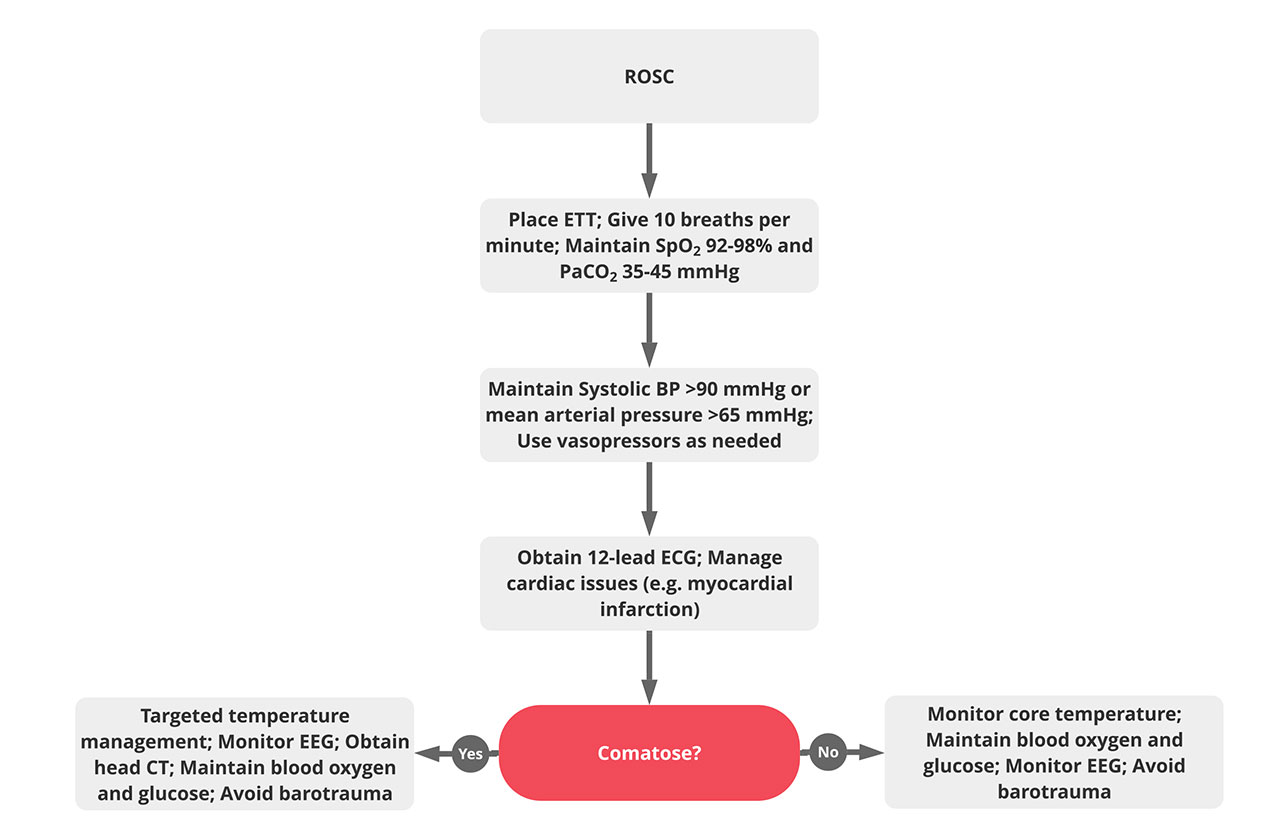Care After Cardiac Arrest - Leaving the hospital and returning home after cardiac arrest is a major step towards recovery. The patient will need cpr and to occur quickly. When a cardiac arrest occurs, it is vital to restore blood flow to the body. The first step in recovering after you survive cardiac arrest involves being admitted to a coronary care or intensive care unit (icu). • consider early brain imaging to diagnose treatable causes of cardiac arrest • neuroimaging as indicated (ct/mri) • avoid prognostication. We must restart the heart.
Leaving the hospital and returning home after cardiac arrest is a major step towards recovery. When a cardiac arrest occurs, it is vital to restore blood flow to the body. • consider early brain imaging to diagnose treatable causes of cardiac arrest • neuroimaging as indicated (ct/mri) • avoid prognostication. The patient will need cpr and to occur quickly. The first step in recovering after you survive cardiac arrest involves being admitted to a coronary care or intensive care unit (icu). We must restart the heart.
The first step in recovering after you survive cardiac arrest involves being admitted to a coronary care or intensive care unit (icu). Leaving the hospital and returning home after cardiac arrest is a major step towards recovery. When a cardiac arrest occurs, it is vital to restore blood flow to the body. • consider early brain imaging to diagnose treatable causes of cardiac arrest • neuroimaging as indicated (ct/mri) • avoid prognostication. We must restart the heart. The patient will need cpr and to occur quickly.
Improving After PostCardiac Arrest Brain Injury A Scientific
The first step in recovering after you survive cardiac arrest involves being admitted to a coronary care or intensive care unit (icu). • consider early brain imaging to diagnose treatable causes of cardiac arrest • neuroimaging as indicated (ct/mri) • avoid prognostication. When a cardiac arrest occurs, it is vital to restore blood flow to the body. We must restart.
ACLS Acute Coronary Syndromes Algorithm Heart Attack Management
When a cardiac arrest occurs, it is vital to restore blood flow to the body. Leaving the hospital and returning home after cardiac arrest is a major step towards recovery. The first step in recovering after you survive cardiac arrest involves being admitted to a coronary care or intensive care unit (icu). We must restart the heart. The patient will.
Updated Cardiac Arrest Care Cardiometabolic Health
Leaving the hospital and returning home after cardiac arrest is a major step towards recovery. The first step in recovering after you survive cardiac arrest involves being admitted to a coronary care or intensive care unit (icu). When a cardiac arrest occurs, it is vital to restore blood flow to the body. We must restart the heart. • consider early.
ER goldbook Adult Postcardiac arrest care / Targeted Temperature
We must restart the heart. Leaving the hospital and returning home after cardiac arrest is a major step towards recovery. The patient will need cpr and to occur quickly. When a cardiac arrest occurs, it is vital to restore blood flow to the body. The first step in recovering after you survive cardiac arrest involves being admitted to a coronary.
Pediatric PostCardiac Arrest Care A Scientific Statement From the
When a cardiac arrest occurs, it is vital to restore blood flow to the body. The patient will need cpr and to occur quickly. The first step in recovering after you survive cardiac arrest involves being admitted to a coronary care or intensive care unit (icu). We must restart the heart. • consider early brain imaging to diagnose treatable causes.
Temperature Management And Its Role In Cardiac Arrest Patients—a Review
• consider early brain imaging to diagnose treatable causes of cardiac arrest • neuroimaging as indicated (ct/mri) • avoid prognostication. The first step in recovering after you survive cardiac arrest involves being admitted to a coronary care or intensive care unit (icu). Leaving the hospital and returning home after cardiac arrest is a major step towards recovery. When a cardiac.
PostCardiac Arrest Algorithmv ACLS Guidelines
Leaving the hospital and returning home after cardiac arrest is a major step towards recovery. • consider early brain imaging to diagnose treatable causes of cardiac arrest • neuroimaging as indicated (ct/mri) • avoid prognostication. The patient will need cpr and to occur quickly. When a cardiac arrest occurs, it is vital to restore blood flow to the body. The.
PostCardiac Arrest Care Algorithm
We must restart the heart. When a cardiac arrest occurs, it is vital to restore blood flow to the body. The first step in recovering after you survive cardiac arrest involves being admitted to a coronary care or intensive care unit (icu). • consider early brain imaging to diagnose treatable causes of cardiac arrest • neuroimaging as indicated (ct/mri) •.
Optimizing the Early Resuscitation After Out of Hospital Cardiac Arrest
Leaving the hospital and returning home after cardiac arrest is a major step towards recovery. The first step in recovering after you survive cardiac arrest involves being admitted to a coronary care or intensive care unit (icu). When a cardiac arrest occurs, it is vital to restore blood flow to the body. • consider early brain imaging to diagnose treatable.
Critical Care Management of Patients After Cardiac Arrest A Scientific
• consider early brain imaging to diagnose treatable causes of cardiac arrest • neuroimaging as indicated (ct/mri) • avoid prognostication. We must restart the heart. The patient will need cpr and to occur quickly. When a cardiac arrest occurs, it is vital to restore blood flow to the body. Leaving the hospital and returning home after cardiac arrest is a.
The First Step In Recovering After You Survive Cardiac Arrest Involves Being Admitted To A Coronary Care Or Intensive Care Unit (Icu).
Leaving the hospital and returning home after cardiac arrest is a major step towards recovery. We must restart the heart. When a cardiac arrest occurs, it is vital to restore blood flow to the body. • consider early brain imaging to diagnose treatable causes of cardiac arrest • neuroimaging as indicated (ct/mri) • avoid prognostication.









